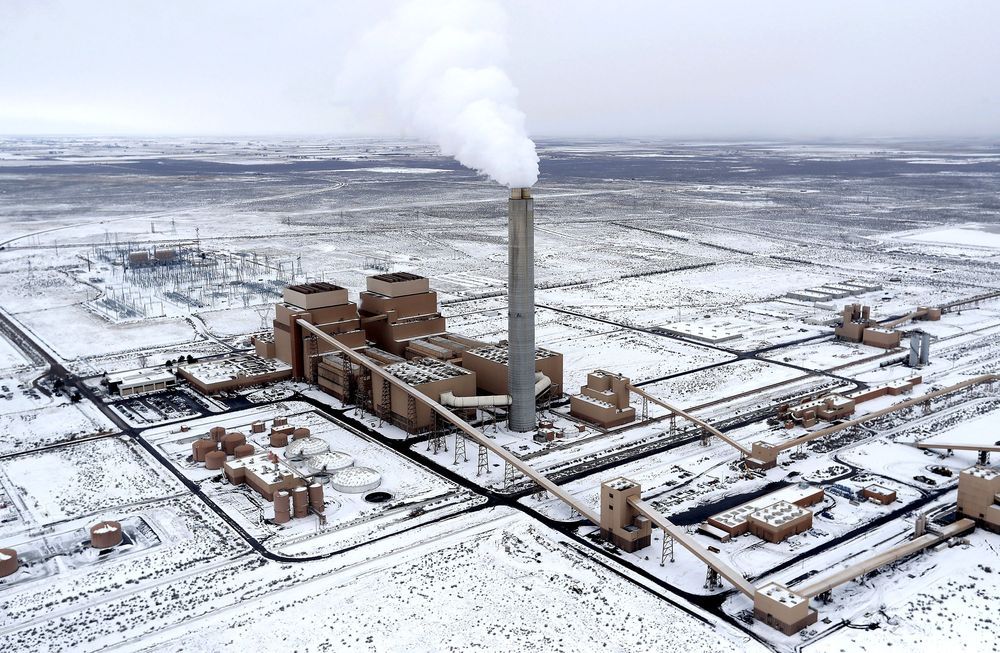Somehow, the Universe began with just the right mix of cosmic ingredients to make life possible. It sure doesn’t seem likely.




Huawei has already confirmed that its new P40 series phones will be unveiled next March in Paris, France, revealing that we’re in for a never-before-seen design for the new handset. That’s a wild claim considering that you can’t really do much more with phone design nowadays. Foldable phones are already a thing, and the first prototypes of devices that feature in-display cameras were revealed months ago — the latter is the holy grail we need for perfect all-screen designs. Huawei didn’t explain what design novelties it has in mind for the upcoming P40 series, but the phone seemingly just leaked and we might have an answer for you.


The answer is essentially yes … in the short term.
If you’re an apparently healthy person who wants to learn about your genetic disease risks, you can send a saliva sample and a hundred bucks or so to an array-based direct-to-consumer genetic testing company and get some trait information and selected health risks, plus details about your genetic ancestry. But as the direct-to-consumer (DTC) companies themselves will tell you, this is only a fraction of the medical value that may be hidden in your genome. Many of the experts in both ancestry and medical genomics will suggest that since consumer facing genomics are not as comprehensive as those meeting medical standards, it is quite OK for consumers to pay for these products out of their own pockets.
But when it comes to health care, people expect products and services that are medically beneficial to be available to more than just those people who can pay for them. As medical science increasingly demonstrates the life altering value of genomics, the notion that these services must be paid for out of pocket, making it inaccessible to some, does not seem appropriate or fair.
We recently launched the Brigham Preventive Genomics Clinic, the first academic clinic in the world to offer comprehensive, high quality genome sequencing and in-depth interpretation to apparently healthy adults and their children. Over the past two years of planning this clinic, we have struggled with the reality that there is no health insurance coverage for preventive genomic testing, and our patients must therefore pay out of pocket. This is a troubling feature for a clinic at Brigham and Women’s Hospital, which is known for its ties to communities in Boston with diverse ethnic and socioeconomic backgrounds. One must ask: Is a service like this further widening the inequities in our health care system?

12th grader, Zechen Wei broke the Guinness World Record for the fastest quadcopter to ascend to 100 meters or about 300 feet with a record time of 2.732 seconds. Wei is a senior at Princeton International School of Mathematics who has always had a passion for drones.
A team in Switzerland has created a soft robotic insect that can withstand a multitude of hits from a flyswatter.
A new soft robotic insect could one day form part of a swarm designed to perform a number of different tasks. A team from the École Polytechnique Fédérale de Lausanne (EPFL) in Switzerland developed the insect and showed it is incredibly durable, even when being battered by a flyswatter.
Publishing its findings to Science Robotics, the team said the insect – called DEAnsect – is propelled 3cm per second by artificial muscles. Two versions were produced: one tethered with ultra-thin wires, the other being untethered and autonomous weighing less than 1g, including its battery and components.
They are probs descendants from god alien cats from ancient time. They are entirely self sufficient and so cute face_with_colon_three Also essentially perfect on all levels that rival even humans. Basically a whole kit of ninja abilities that truly are phenomenal even used in war times. There is a reason why culture after culture praises them and revels in their abilities and intelligence. Even legends say the ninja learned of them to be akin to them in stealth abilities. Even in popular culture the flerkin is seen guarding the tesseract. Also dragon ball z there is a god cat that oversees a universe. Even to this day the feline genetic code still shows mysteries that have enticed generations of people so why not see they have their own story to tell their own universe of mystery.
Recent polling shows Americans love their conspiracy theories. They also love cats. This was bound to happen.